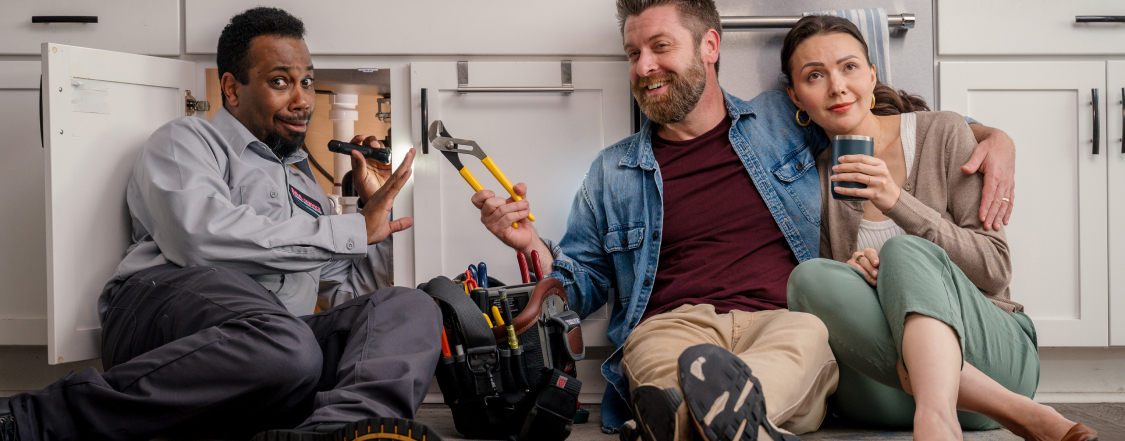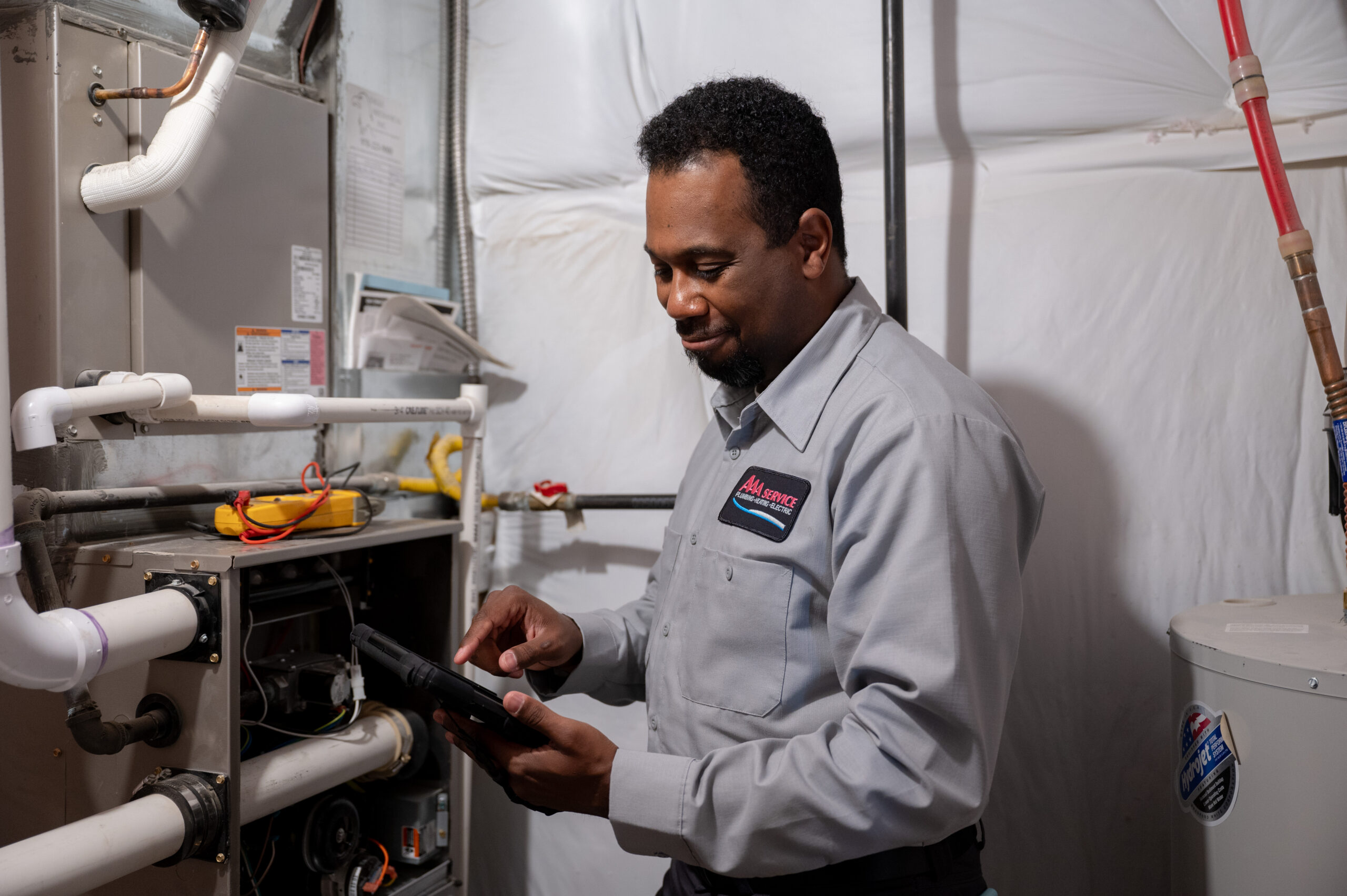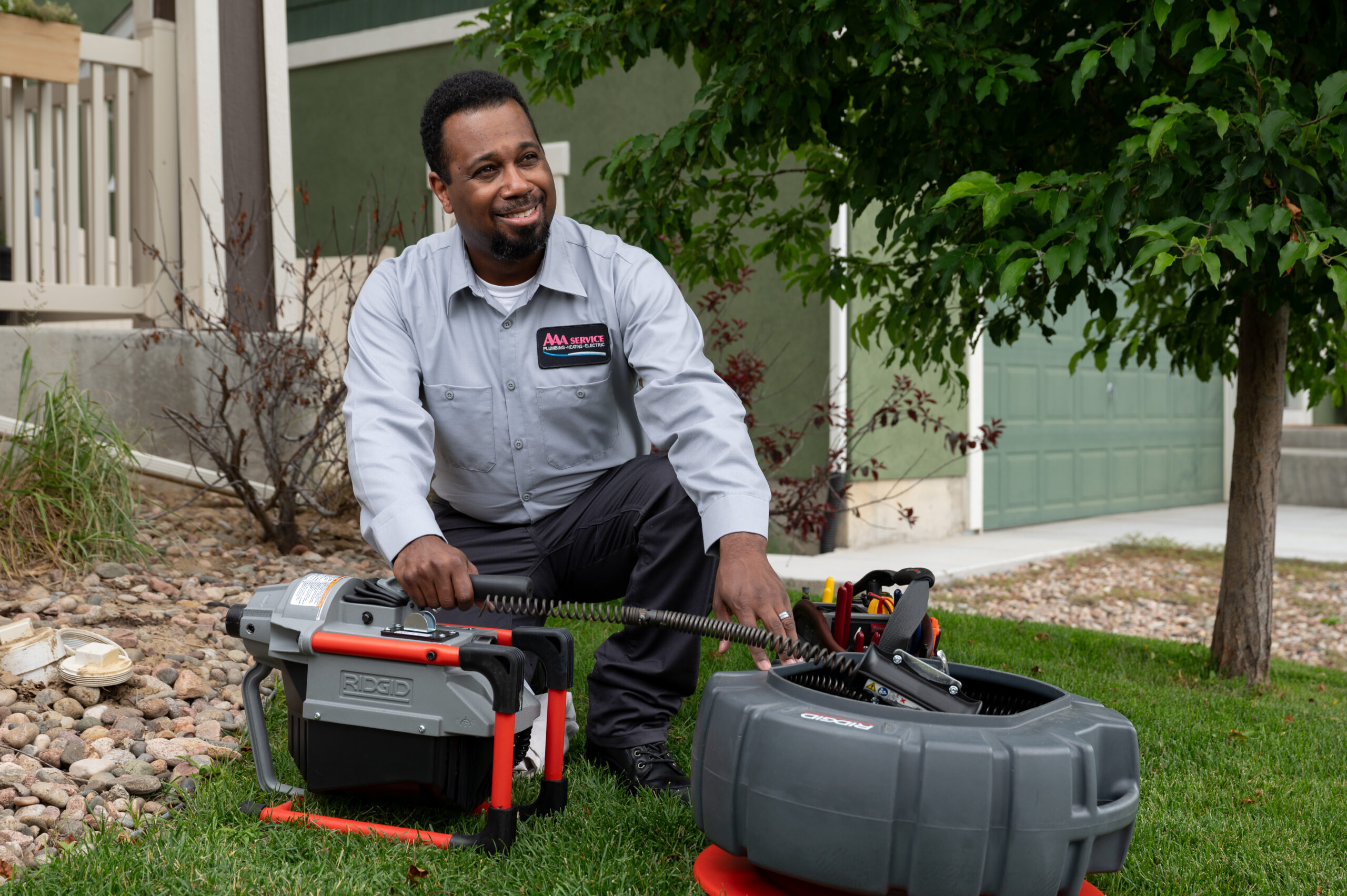Indoor air quality is key to promoting good health. Particles and pollutants can build up indoors and aggravate health conditions like asthma and allergies. Additionally, many HVAC systems can recirculate mold spores and viruses. That’s is why it’s vital to work toward keeping your home free of dust and other airborne particles. It may seem like a tall order, but there are a few steps that you can take to help improve the air you breathe.
Whole-Home Air Purification Systems
There are air purifiers that work on single rooms, but those who suffer from allergies might opt for a whole-home purification system. This provides multiple layers of filtration. These layers can progressively block out more pollutants that can exacerbate common breathing issues.
UV Air Purification Systems
UV light can go a long way toward neutralizing pathogens such as viruses and bacteria. UV light filtration is installed within your ducts where it will zap contaminants as air passes through.
Furnace Filters
Ordinary furnace filters are not as successful as whole-home systems, but they can still have a part to play in pulling pollutants out of your home. Common furnace filters are just a few bucks, but they catch many of the largest particulates that can circulate through your home. Purchasing the more effective filters can keep your indoor air even cleaner. You’ll also want to make sure to replace your filter as directed by the manufacturer to improve your HVAC system’s efficiency and your air quality.
Houseplants
While houseplants are not likely to catch dust and other particles, they can still improve your home’s air quality. In general, the leafier the plant, the better it will be at removing certain toxins from the air, such as volatile organic compounds.
Combine plants with an effective filtration system to help you breathe easier. All that’s needed to keep them healthy is sunlight and water.
Bottom line: The air that you breathe is key to maintaining a healthy lifestyle. If you have asthma or allergies, indoor air quality is even more important. AAA Service can test your home for allergens, mold, fungus, carbon monoxide and other pollutants and recommend the best solution. To schedule an appointment, call (303) 313-3333.








